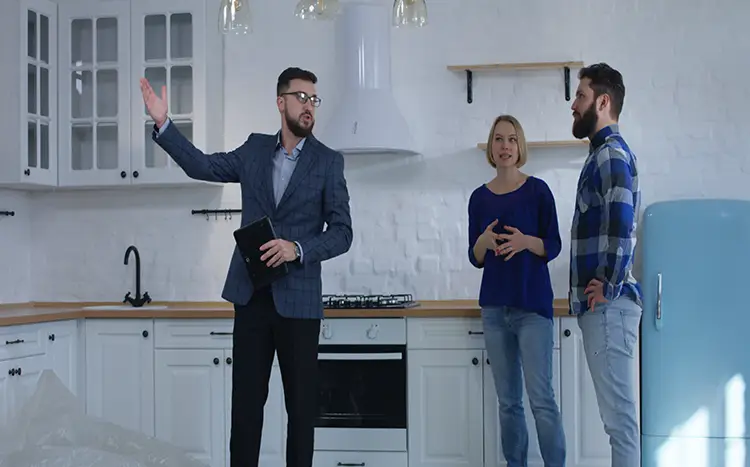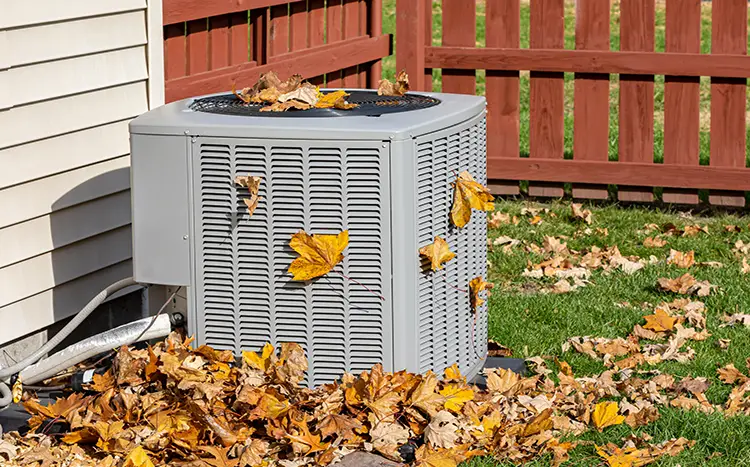The Final Walk-Through: What to Look For
Published on December 18, 2023 | 5 Minute read

Melanie
Ortiz Reyes
Content Specialist
The final walk-through of your prospective home is a pivotal moment in the home-buying process. This critical step, usually conducted just before the closing, allows you to inspect the property one last time to ensure everything is in order. Whether you're a first-time homebuyer or a seasoned property investor, understanding what to look for during this crucial phase is essential for a seamless transition into homeownership.
The Purpose of the Final Walk-Through and Timing
The final walk-through serves as a final checkpoint before the property officially changes hands. It provides an opportunity to confirm that the home's condition aligns with the terms of the purchase agreement. Buyers should approach this step with a clear understanding of their expectations and a keen eye for details to ensure a smooth transition to ownership.
Timing is crucial when it comes to the final walk-through. Scheduling it as close to the closing as possible allows you to identify any issues that may have arisen since your last visit. Aim to conduct the walk-through after the sellers have vacated the property, ensuring an unobstructed view and the ability to address any lingering concerns promptly.

Essential Items to Bring
To maximize the effectiveness of your final walk-through, come prepared with the following items:
- A copy of the purchase agreement
- Checklist of items to inspect
- Camera or smartphone for documentation
- Any relevant paperwork from previous inspections
This preparation ensures that you can reference key details and document any discrepancies efficiently.
Exterior and Interior Inspection
Begin your walk-through by inspecting the exterior of the property. Check the condition of the landscaping, examine the condition of the roof, and inspect the walls for any signs of damage. Ensure that outdoor structures, such as sheds or garages, are in good condition. Document any concerns or issues that may need further inspection or negotiation.
Delve into each room during the interior inspection. Pay close attention to the condition of the walls, floors, and ceilings. Test light switches and outlets and make sure they work. Open and close doors and windows to check for proper operation. Verify that all appliances included in the sale are in working order. This meticulous room-by-room examination ensures that no detail is overlooked.

Plumbing, Electrical, and HVAC Systems
Inspecting the plumbing and electrical systems is critical for a seamless transition to homeownership. Run faucets and check for leaks or unusual sounds. Flush toilets and inspect for any signs of plumbing issues. Test light fixtures and outlets throughout the property to ensure proper functionality. Any irregularities should be documented for further inspection or negotiation.
Evaluate the performance of the heating and cooling systems. Turn on the furnace or HVAC system to ensure they operate efficiently. Check the thermostat's responsiveness and verify that the property maintains a comfortable temperature. Any issues with temperature control should be addressed before finalizing the purchase.
Structural Integrity
Check the overall structural integrity of the property. Look for signs of water damage, such as stains or discoloration on walls or ceilings. Inspect the foundation for cracks or settling issues. Identify any structural concerns that may impact the property's long-term stability. Documenting these issues is crucial for addressing potential repairs with the seller.

Walk-Through Checklist
To streamline your final walk-through, create a checklist that covers key areas of inspection. This checklist can include items such as:
- Exterior Inspection
- Interior Inspection
- Plumbing and Electrical Systems
- HVAC Systems
- Structural Integrity
- Appliances and Fixtures
- Doors and Windows
- Flooring and Carpets
- Walls and Ceilings
- Outdoor Areas and Landscaping
Having a structured checklist ensures that you methodically assess every aspect of the property, minimizing the risk of overlooking crucial details.
Documenting Findings and Addressing Discrepancies
During the final walk-through, document your findings thoroughly. Take photos or videos of any issues you identify. If discrepancies arise, note them in writing and discuss them with your real estate agent. Clear documentation provides a record of the property's condition at the time of the walk-through and serves as a reference point for negotiations or future resolutions.
If you discover any issues during the final walk-through, address them promptly with the seller. Depending on the nature of the discrepancies, negotiations may involve repairs, financial adjustments, or credits toward closing costs. Effective communication with the seller and their agent is key to reaching a resolution that satisfies both parties.

Finalizing the Walk-Through Report
Compile a comprehensive walk-through report summarizing your findings. This report should include an overview of the property's condition, any issues identified, and the proposed resolutions. Sharing this report with your real estate agent ensures that everyone involved in the transaction is on the same page and can work toward a successful closing.
Mastering the final walk-through is an essential skill for any homebuyer. Armed with a keen eye for detail, a structured checklist, and the ability to effectively communicate findings, you can navigate this critical step with confidence. Remember, whether you're securing your first home or adding another property to your portfolio, the final walk-through is your last opportunity to ensure that the property meets your expectations.